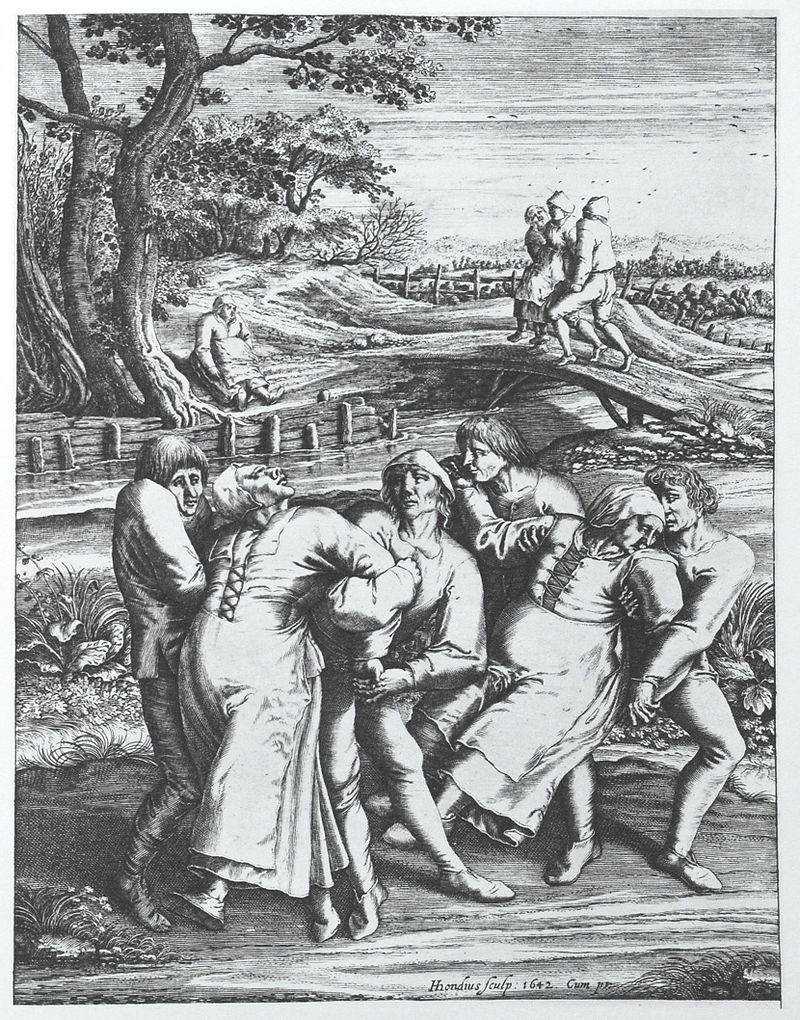<![CDATA[On 14th July 1518, a townswoman named Frau Troffea began to dance in the streets of Strasbourg. For hours she swayed, gathering a small crowd of bemused onlookers. Eventually, she collapsed from exhaustion. When she came to, she recommenced her jig; this time with frenzied abandon, dancing until her feet were bruised and bloody.
Rumours flew about the town. Supernatural in their beliefs, the people soon decided that she had succumbed to a dancing curse bequeathed by St. Vitus. To calm divine rage, they carted her off to a shrine in the Vosges Mountains.
But Frau Troffea was not alone in this curse. As the days turned into weeks, between 200 and 400 people fell victim to St. Vitus’ Dance. An outbreak of frantic delirium had the city of Strasbourg in its grip. What caused it? What cured it? And what relevance does it have today?
As the dancing plague, or choreomania, was a psychological affliction, we must first understand the psychology of the townsfolk.
Like much of medieval Europe, Strasbourg was steeped in supernaturalism. Their Christianity functioned on a foundation of saint-worship, and the clergy was responsible for the immortal path of every individual.
The local reputation of the Strasbourg clergy had been declining for decades. Repeated accounts of moral indiscretions (the usual: sex, alcohol and excess) were further substantiated when, during times of famine, the Church was unwilling to provide aid to starving townsfolk. In private, ale-fuelled discussions questioned the opulence of the Church, and bitterly remarked on the contrast with Christ, for all his sublime poverty.
Famines continued during the years leading up to 1518. The chilling uncertainty of a world in which disease could suddenly sweep away family and friends left people with a constant, bubbling anguish. With death constantly looming, it was essential for one’s soul to be in the hands of a responsible clergy. For the superstitious and anxious residents of Strasbourg, the afterlife was an increasingly alarming concept.
The cult of St. Vitus
Psychologically, there’s an argument to say that the victims were expecting demons to commandeer their souls. Legends of dancing plagues, culturally connected to St. Vitus, had passed down generations. Day to day, insults like “God give you St. Vitus” were thrown about, weaving the cult of St. Vitus into common parlance.
Perpetuating their worry, the people of Strasbourg believed their own baptisms to be phony, as their priests associated with prostitutes. This pessimism mixed with mysticism to make the people paranoid of the touch of a raging St. Vitus.
[caption id="attachment_8660" align="aligncenter" width="640"]
Mass-anxiety in Strasbourg: what was the dancing plague of 1518?
